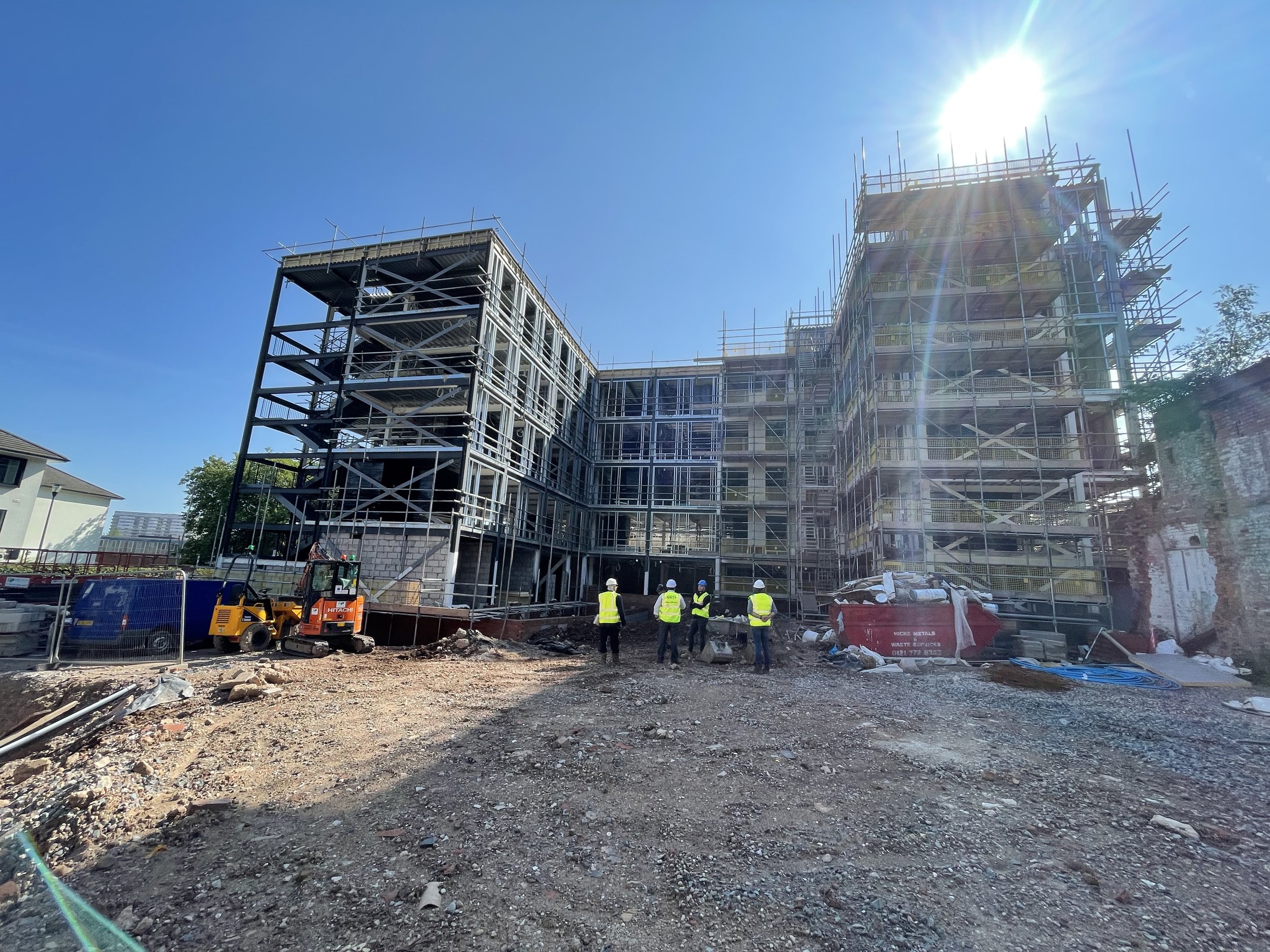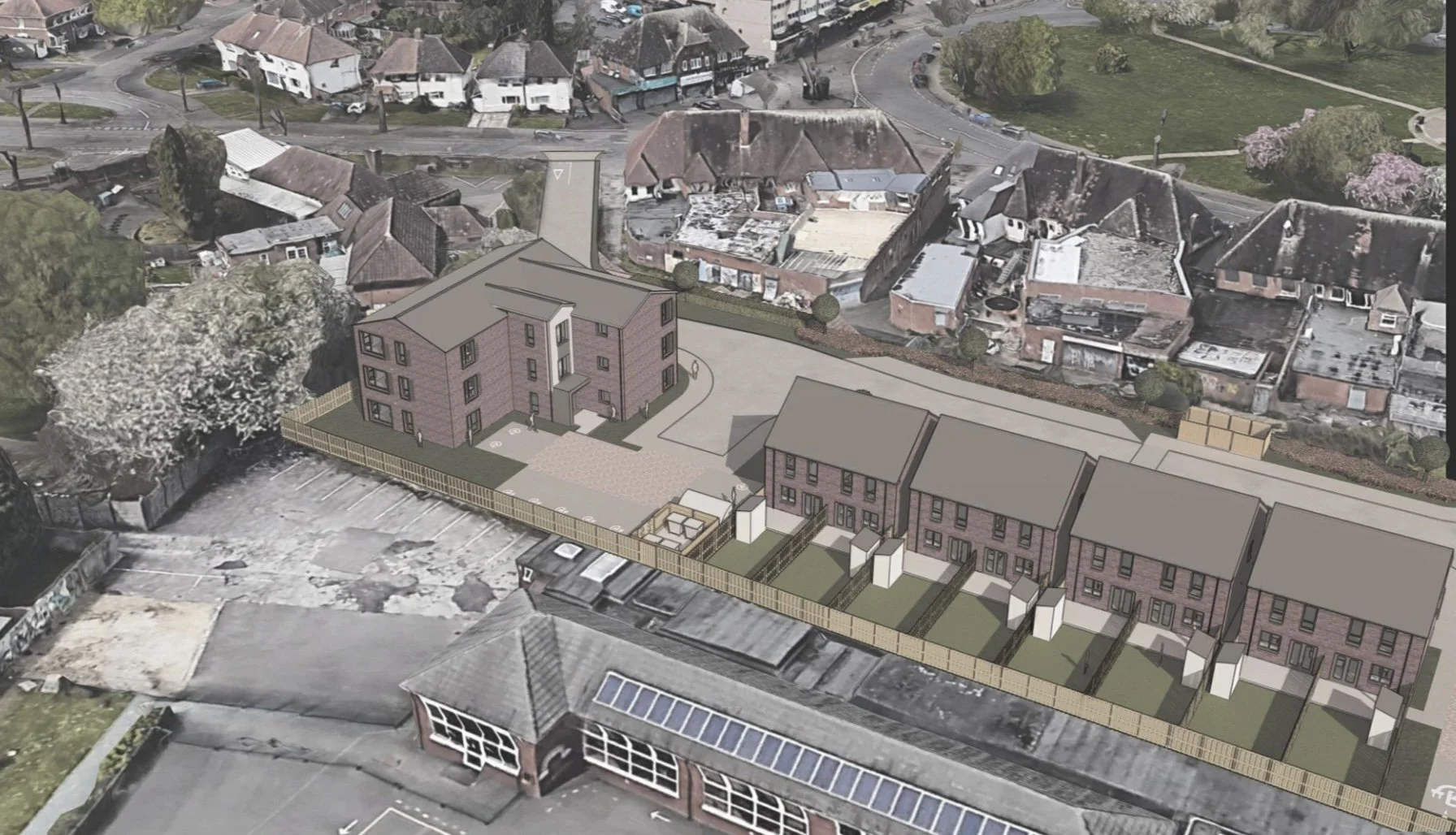Revitalising Communities: The Power of Regeneration Projects
Regeneration projects possess the transformative ability to revitalize communities, rejuvenate urban areas, and establish sustainable and inclusive spaces for residents. As property developers, comprehending the power of regeneration is crucial for fostering vibrant neighborhoods and driving positive social and economic change. In this article, we will delve into the significance of regeneration projects, their impact on communities, and the key strategies involved in successfully revitalizing urban areas.
Understanding Regeneration Projects: Transforming Communities through Renewal
Regeneration projects aim to bring about positive changes in communities by improving infrastructure, creating affordable housing options, enhancing public spaces, and promoting economic growth. These initiatives seek to address the challenges faced by underutilized or neglected areas, brownfield sites, or outdated buildings, thereby fostering transformation and revitalization.
Identifying Regeneration Opportunities: Recognizing Potential for Transformation
The process of identifying regeneration opportunities involves conducting feasibility studies, market analysis, and engaging with the community. Developers must recognize the potential of areas that are currently underutilized or in need of renewal. By carefully assessing various factors such as market demand, available resources, and community aspirations, developers can determine the viability of regeneration projects.
Community Engagement and Collaboration: Building Partnerships for Inclusive Regeneration
Involving the local community, stakeholders, and public entities in the regeneration process is vital for ensuring its success. Through community engagement, consultation, and collaboration, developers can incorporate the perspectives and aspirations of the residents. This inclusive approach helps create projects that meet the needs of the community and generate a sense of ownership and pride.
Creating Sustainable and Resilient Spaces: Incorporating Environmental and Social Sustainability
Regeneration projects should prioritize sustainable design principles, incorporating green infrastructure and energy-efficient technologies. By promoting social sustainability through the provision of affordable housing, community facilities, and spaces that foster social interactions, developers can create environments that are both environmentally friendly and socially inclusive.
Enhancing Connectivity and Infrastructure: Improving Accessibility and Mobility
Connectivity and infrastructure improvements play a crucial role in regeneration projects. Enhancing public transportation, pedestrian and cycling networks, and providing amenities and services are essential for creating vibrant and accessible urban areas. These developments enable residents to easily access employment opportunities, education, healthcare, and recreational facilities.
Preserving Heritage and Cultural Identity: Balancing History with Modernity
Preserving the heritage and cultural identity of a community is a key consideration in regeneration projects. By incorporating strategies for adaptive reuse of historic buildings, integrating public art, and celebrating local traditions, developers can strike a balance between preserving the community's history and embracing modernity. This approach fosters a sense of place, promotes cultural diversity, and enhances community pride.
Promoting Economic Growth and Employment: Driving Local Prosperity through Regeneration
Regeneration projects bring about significant economic benefits. They create job opportunities, attract investment, and support local businesses. By fostering entrepreneurship, promoting creative industries, and supporting small-scale enterprises within regenerated areas, developers contribute to the long-term economic prosperity of the community.
Evaluating and Measuring Impact: Assessing the Success of Regeneration Projects
It is crucial to evaluate the impact of regeneration projects on communities. This assessment should occur both during and after project completion. Key indicators, such as social cohesion, economic indicators, environmental sustainability, and resident satisfaction, help measure the success and effectiveness of regeneration initiatives. This evaluation enables developers to refine their strategies and ensure the projects' long-term positive impact.
Conclusion
Regeneration projects hold immense potential to revitalize communities, create sustainable environments, and drive positive change. By identifying regeneration opportunities, engaging with the community, incorporating sustainable design principles, enhancing connectivity, and promoting economic growth, developers can foster vibrant and inclusive urban areas. Through thoughtful planning, collaboration, and a commitment to social, economic, and environmental sustainability, regeneration projects breathe new life into communities, leaving a lasting legacy for generations to come.




